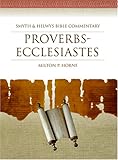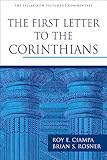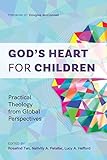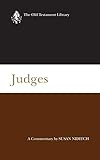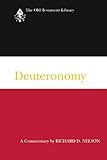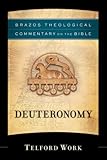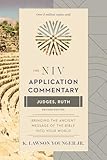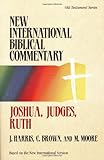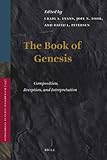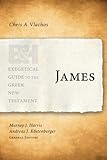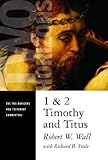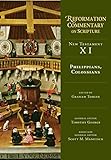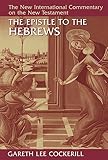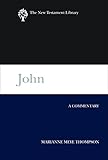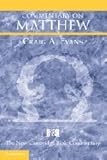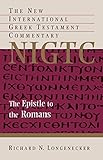Employing Speech Act Theory as an Exegetical Tool on the Matthean Beatitudes Conspectus : The Journal of the South African Theological Seminary, Volume 11, Issue 03, Mar 2011, p. 67 - 113
Material type: Computer fileSeries: ConspectusPublication details: Johannesburg, South Africa South African Theological Seminary PressDescription: p. 67 - 113 PDFSubject(s): Summary: The literary nature of the Beatitudes demonstrates a composition that developed orally. Speech act theory is utilized in understanding the oral features of the text as well as demonstrating what Jesus did in his utterances. The significance of the Beatitudes lies in the authoritative utterances of Jesus. Speech act theory allows for an investigation into the nature of those utterances. This paper recognizes six principles guiding speech act theory on the Beatitudes. A speech act model is presented and applied to the Beatitudes pericope (Matt 5:3-16). The formula is SP+(EE)CH=ACT: analyse the situated performativity of a text, add it to the multiplying nature of existential engagement by the interpreter with the illocutionary force found through the critical horizon of guiding worldviews, and the result is an Acquired Communal Translation for the social body.
It is understood that Matthew intended to compose a pericope in serving as a paradigmatic utterance to guide the Matthean community in its existence and mission in the world. In addition, the paradigm is to be adopted by all Christian communities in their mission to the world.
Computer fileSeries: ConspectusPublication details: Johannesburg, South Africa South African Theological Seminary PressDescription: p. 67 - 113 PDFSubject(s): Summary: The literary nature of the Beatitudes demonstrates a composition that developed orally. Speech act theory is utilized in understanding the oral features of the text as well as demonstrating what Jesus did in his utterances. The significance of the Beatitudes lies in the authoritative utterances of Jesus. Speech act theory allows for an investigation into the nature of those utterances. This paper recognizes six principles guiding speech act theory on the Beatitudes. A speech act model is presented and applied to the Beatitudes pericope (Matt 5:3-16). The formula is SP+(EE)CH=ACT: analyse the situated performativity of a text, add it to the multiplying nature of existential engagement by the interpreter with the illocutionary force found through the critical horizon of guiding worldviews, and the result is an Acquired Communal Translation for the social body.
It is understood that Matthew intended to compose a pericope in serving as a paradigmatic utterance to guide the Matthean community in its existence and mission in the world. In addition, the paradigm is to be adopted by all Christian communities in their mission to the world.
| Item type | Current library | Call number | URL | Status | Date due | Barcode | |
|---|---|---|---|---|---|---|---|
 Electronic Journal
Electronic Journal
|
South African Theological Seminary | Link to Resource | Available |
There are no comments on this title.
Log in to your account to post a comment.

